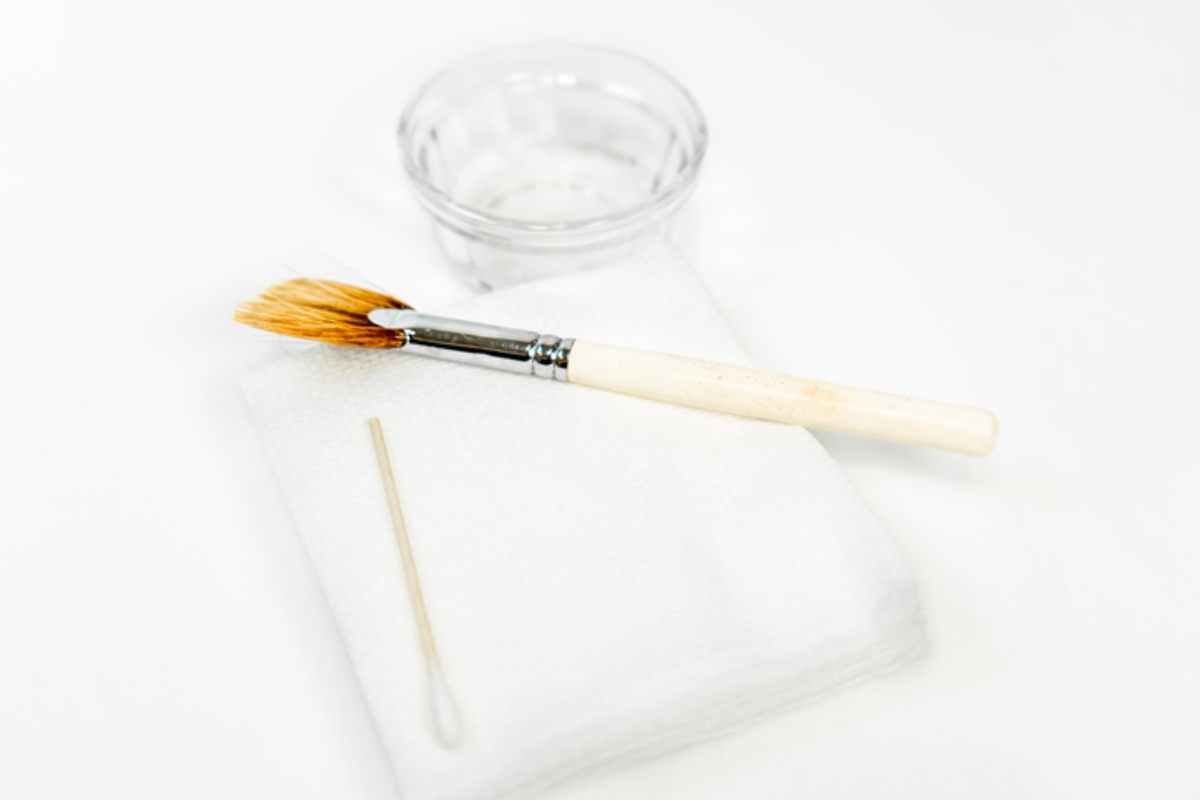If you’re looking to improve the appearance of your skin, you may have heard of chemical peels as a potential treatment option. Chemical peels are a type of cosmetic procedure that involves the application of a chemical solution to the skin, which causes it to peel off, revealing new, smoother, and more youthful-looking skin underneath. Chemical peels are often performed at any medi spa, as well as in dermatologist offices and other medical settings.
There are several different types of chemical peels available, each with its own specific benefits and drawbacks. Find out the different types of chemical peels, how they work, and who might be a good candidate for each type.
Table of Contents
Light chemical peels:
Light chemical peels, also known as superficial peels, are the mildest type of chemical peel. They are often used to treat fine lines, uneven skin tone, and mild acne scarring. Light chemical peels typically use alpha hydroxy acids (AHAs) or beta hydroxy acids (BHAs) as active ingredients. AHAs are water-soluble and work by exfoliating the top layer of skin, while BHAs are oil-soluble and can penetrate deeper into the pores to exfoliate and unclog them.
Light chemical peels are usually performes in a series of treatments, with each treatment spaced several weeks apart. The treatment itself only takes about 20-30 minutes, and the recovery time is minimal, with most people able to return to their normal activities immediately after the procedure.
Medium chemical peels:
Medium chemical peels, also known as medium-depth peels, are a bit stronger than light peels and are used to treat deeper wrinkles, sun damage, and uneven skin tone. They typically use trichloroacetic acid (TCA) as the active ingredient and can be performed at different concentrations, depending on the desired depth of the peel.
Medium chemical peels are typically performed in a single treatment and take about 30-45 minutes to complete. The recovery time is longer than with light peels, with most people experiencing some redness and swelling for few days after the procedure. The skin may also appear crusty or flaky as it begins to peel.
Deep chemical peels:
Deep chemical peels, also known as deep-depth peels, are the strongest type of chemical peel and are used to treat severe wrinkles, deep acne scars, and other more severe skin imperfections. They typically use phenol as the active ingredient and can produce dramatic results, but they also come with the longest recovery time and the highest risk of complications.
Deep chemical peels are usually performed in a single treatment and take about 90 minutes to complete. The recovery time can be quite extensive, with most people experiencing significant swelling and redness for several days, and the skin may appear raw and oozing during the healing process. It can take several weeks for the skin to fully heal and for the final results to be visible.
Who is a good candidate for chemical peels?
Chemical peels can be an effective treatment option for a wide range of skin concerns, but they may not be suitable for everyone. Some factors that can impact whether or not you are a good candidate for a chemical peel include:
- Skin type: People with dark skin may be more prone to hyperpigmentation (darkening of the skin) after a chemical peel, so they may want to consider alternative treatments.
- Current skin condition: People with active acne or infections, or those who have recently used certain skin care products or medications, may not be good candidates for chemical peels. It’s important to inform your healthcare provider about any medications you are currently taking or skin care products you are using, as these can impact the effectiveness of the peel.
- Previous treatments: If you have previously had a chemical peel or another type of skin treatment, you may not be a nice candidate for another peel until your skin has fully recovered.
- Lifestyle: People who have a busy schedule or who are unable to take time off to recover from the treatment may not be good candidates for chemical peels.
Conclusion
Chemical peels can be an effective treatment option for improving the appearance of the skin, but it’s vital to understand the different types of peels and the potential risks and benefits of each. Light chemical peels are the mildest and have the shortest recovery time, while deep chemical peels are the strongest but also come with the longest recovery time and the highest risk of complications. It’s essential to consult with a qualified healthcare provider to determine which type of peel is best for your individual needs and skin concerns. Keep in mind that chemical peels are only one aspect of a comprehensive skincare routine, and it’s important to maintain proper skin care habits, such as using sunscreen and protecting your skin from the sun, in order to maintain the results of your peel.

